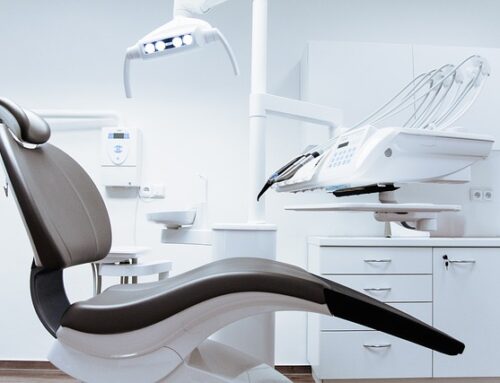Dentists are often thought of as professionals who are solely responsible for the care of our teeth and gums. However, dentistry is much more than just that. Dentists can also play a critical role in the management of sleep apnea and craniofacial pain, two conditions that are often overlooked or misdiagnosed.
Here is why dentists should learn how to treat sleep apnea and craniofacial pain and how it can benefit both their patients and their practice.
Understanding sleep apnea and craniofacial pain
Sleep apnea is a condition in which a person’s breathing is interrupted during sleep. It is caused by a collapse of the airway, which can result in a lack of oxygen to the body and brain. Common symptoms of sleep apnea include snoring, daytime fatigue, and morning headaches.
Craniofacial pain, on the other hand, refers to pain that is experienced in the head, neck, and facial regions. This pain can be caused by a number of factors, including dental problems, temporomandibular joint disorder (TMD), and muscle tension.
A connection between conditions
While these two conditions may seem unrelated, they are actually closely linked. In fact, research has shown that there is a strong correlation between sleep apnea and craniofacial pain. This is because the muscles that control the airway and those that control the jaw are closely connected. When the airway is obstructed during sleep, the body tries to compensate by opening the jaw wider, which can lead to muscle tension and pain in the jaw, neck, and face.
Your unique ability to treat
Dentists are uniquely qualified to treat both sleep apnea and craniofacial pain. They are experts in the anatomy and function of the oral cavity and have extensive knowledge of the muscles and structures that are involved in breathing and chewing. By learning how to diagnose and treat these conditions, dentists can help their patients improve their overall health and quality of life.
There are benefits
The benefits of treating sleep apnea and craniofacial pain go beyond just improving patient health. By expanding their scope of practice, dentists can also increase their revenue streams and differentiate themselves from other dental practices. This is because there is a growing demand for sleep apnea and craniofacial pain treatment, and many patients are willing to pay for these services out of pocket.
Build stronger relationships
In addition, treating sleep apnea and craniofacial pain can also help dentists build stronger relationships with their patients. By addressing these conditions, dentists can show their patients that they care about their overall health and well-being, not just their dental health. This can lead to increased patient satisfaction and loyalty.
Dentists should learn how to treat sleep apnea and craniofacial pain because it is not only beneficial for their patients but also for their practice. As these conditions continue to become more prevalent, it is important for dentists to stay informed and educated so that they can provide the best possible care to their patients.





